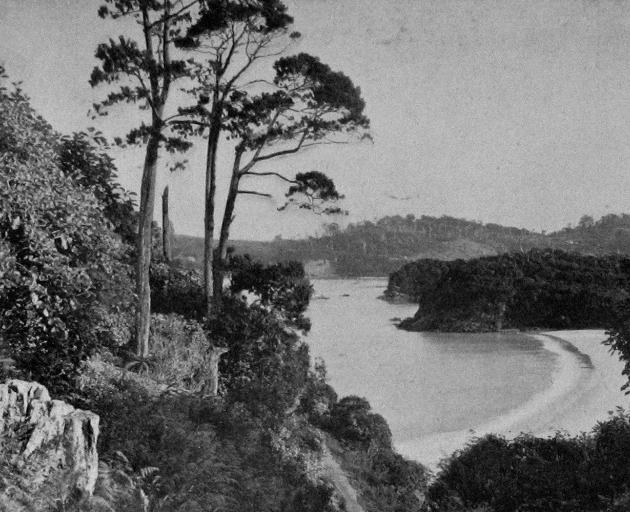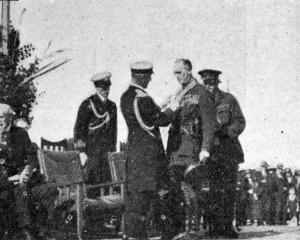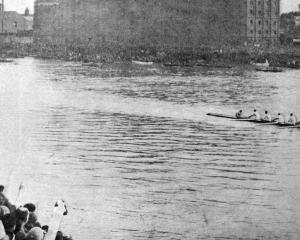
Each nation must itself decide what is justifiable or not. It was reported in American circles that the creation of a super-sovereignty was considered feasible.
The conference adopted a resolution in favour of the formation of a League of Nations as an integral part of the peace treaty, the league to be open to every civilised nation which could be relied upon to promote its objects at periodical conferences.
It was also decided that a permanent secretariat be established. The conference decided that Great Britain and the United States should maintain large armies in France for many months.
Demobilisation will be an international affair, and the supreme command will be maintained till peace is signed. President Wilson addressed the conference in favour of a League of Nations, earnestly urging that now is the proper time to act.
Rabbit invasion in Victoria
The spectacle of an army of rabbits invading Victoria from New South Wales moved the rabbit inspector at Corryong to send telegraphic advice of the fact to departmental headquarters on January 7.
The point of attack (reports the Age) was the bridge over the Murray at Jinjellio. The bridge, however, was too narrow to accommodate the hordes, and the little animals took to the river, which is now running low, and swam to the Victorian side.
The inspector asked whether action in the New South Wales side could not be enforced, so as to stem the advance. The department took the view that, in the circumstances, international codes of warfare should be abandoned, so the inspector was instructed to use every practical means of giving a check, including the employment of traps on the principal of the corral, such as is used in the capture of elephants, but on a necessarily smaller scale.
By the time the department received its telegram and the inspector received his reply, the greater part of the New South Wales rabbit population had, of course, crossed the border.
Cattle stops
In some parts of America a novel means of overcoming the gate nuisance on big estates or ranches is adopted. The nuisance of frequent stops to open and close gates, and the certainty that trouble would be caused by careless tourists who would not bother to close them, are usually avoided by borrowing the idea of the cattle guard from the railroad.
A shallow pit is dug between two fence posts, and over this at right angles to the road are laid posts or planks close enough to accommodate the wheels of a car, but not the feet of wandering cattle.
There is no gate; the road is always open for the motorist. But cattle drift up and sniff at this modern contrivance and turn away, too wary of the ditch beneath to venture over. It is a simple idea and apparently effective.
Greenfield memorial
To Greenfield belongs the honour of being the first of the districts of South Otago to take practical steps to perpetuate the memory of the fallen soldiers who belonged to the district, and very shortly a handsome monument will be erected on a site at the crossroads near the Greenfield Hall.
- ODT, 27.1.1919.
COPIES OF PICTURE AVAILABLE FROM ODT FRONT OFFICE, LOWER STUART ST, OR WWW.OTAGOIMAGES.CO.NZ












